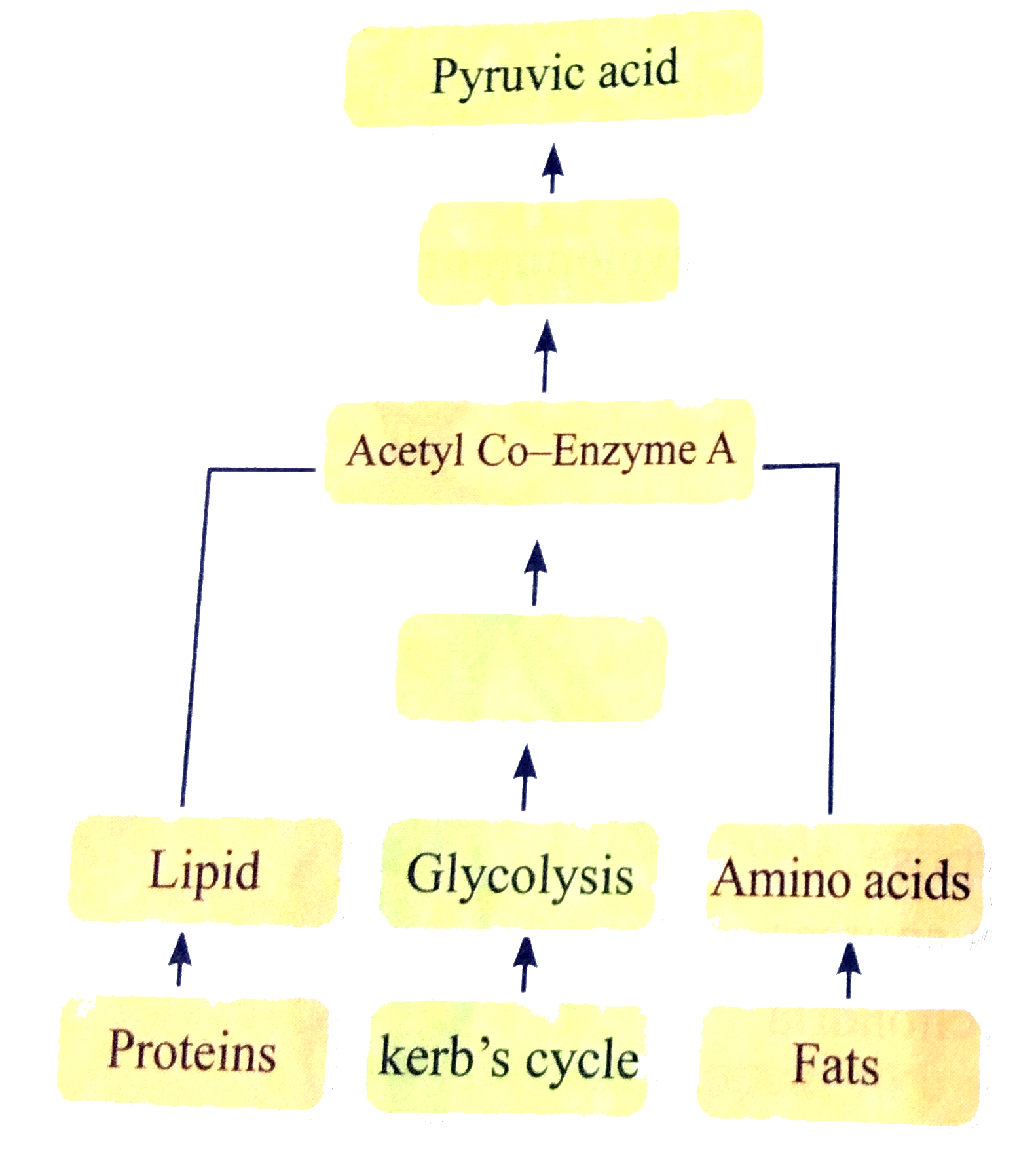An average small hamburger has 280 cal. This hamburger has 10 g of fat, 25 g of carbohydrates and 18 g of proteins and other micronutrients. Calculate the percentage of calories from fat, carbohydrate and protein.
32% of calories from fat, 35.8% of calories from carbohydrate and 25.8% of calories from protein
35.8% of calories from fat, 32% of calories from carbohydrate and 25.8% of calories from protein
90 calories from fat, 100 calories from carbohydrate and 72 calories from protein
100 calories from fat, 72 calories from carbohydrate and 72 calories from protein
The correct Answer is:A
Topper's Solved these Questions
- FOOD AND ITS COMPONENTS BOOK - CENGAGE BIOLOGYCHAPTER - FOOD AND ITS COMPONENTS EXERCISE - CHALLENGING EXERCISE
2 Videos
- FOOD AND ITS COMPONENTS BOOK - CENGAGE BIOLOGYCHAPTER - FOOD AND ITS COMPONENTS EXERCISE - CONSOLIDATED EXERCISE (MCQs)
39 Videos
- FOOD : SPOILAGE , PRESERVATION , AND ADULTERATION BOOK - CENGAGE BIOLOGYCHAPTER - FOOD : SPOILAGE , PRESERVATION , AND ADULTERATION EXERCISE - CHALLENGING EXERCISE
1 Videos
- HEALTH, HYGIENE, AND DISEASES BOOK - CENGAGE BIOLOGYCHAPTER - HEALTH, HYGIENE, AND DISEASES EXERCISE - CHALLENGING EXERCISE
2 Videos
Similar Questions
Knowledge Check
Two different kinds of foods A and B are being considered to form a weekly diet. The minimum weekly requirment of fats, carbohydrates and proteins are 17,28 and 14 units respectively. One kg of food A has 5 units of fat, 12 units of carbohydrates and 7 units of protein. One kg of food B has 7 units of fat, 15 units of carbohydrates and 9 units of protein. The price of food A is Rs. 5 per kg. and that of food B is Rs. 7 per kg. Form the LPP to minimize the cost.
AMinimize z=5x+7y subject to 5x+7y≤17,12x+15y≥28,7x+9y≥14,x≥0,y≥0BMinimize z=5x+7y subject to 5x+7y≥17,12x+15y≤28,7x+9y≥14,x≥0,y≥0CMinimize z=5x+7y subject to 5x+7y≥17,12x+15y≥28,7x+9y≤14,x≥0,y≥0DMinimize z=5x+7y subject to 5x+7y≥17,12x+15y≥28,7x+9y≥14,x≥0,y≥0The energy content in Kcal/g of carbohydrate : protein : triglycerol respectively is approximately in the ratio of
A1:2:2B1:1:2C2:1:1D2:2:1How is the digestion of fats different from that of proteins and carbohydrates?
AFat digestion occurs in the small intestine, and the digestion of proteins and carbohydrates occurs in the stomach.BFats are absorbed into the cells as fatty acids and monoglycerides but are then modified for absorption into the blood, amino acids and glucose are not modified further.CFats enter the hepatic portal circulation, but digested proteins and carbohydrates enter the lymphatic system.DDigested fats are absorbed in the large intestine, and digested proteins and carbohydrates are absorbed in the small intestine.
The energy content in Kcal/g of carbohydrate : protein : triglycerol respectively is approximately in the ratio of
View SolutionHow energy is formed from oxidation of carbohydrates , fats and proteins? Correct the diagram given below.

View SolutionA solution contain 8 g of a carbohydrate in 100 g of water has a density 1.025 g/mL and an osmotic pressure of 5 atm at 27∘C. What is the molar mass of the carbohydrate?
View SolutionGive the daily requirements fo carbohydrate, fat and protein for an average man doing moderate work?
View SolutionA solution sontain 8 g of a carbohydrate in 100 g of water has a density 1.025 g/mL and an osmotic pressure of 5 atm at 27∘C. What is the molar mass of the carbohydrate?
View Solution
